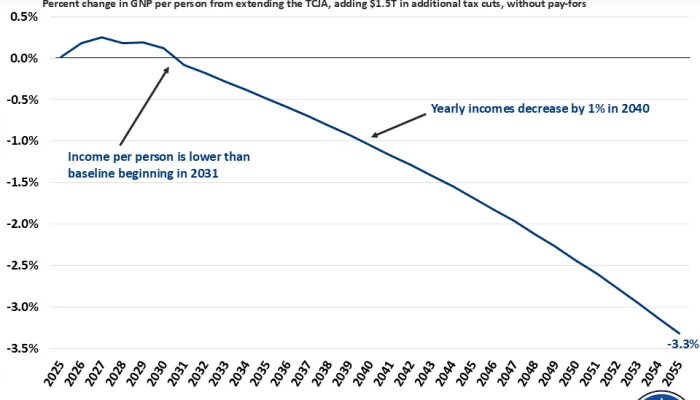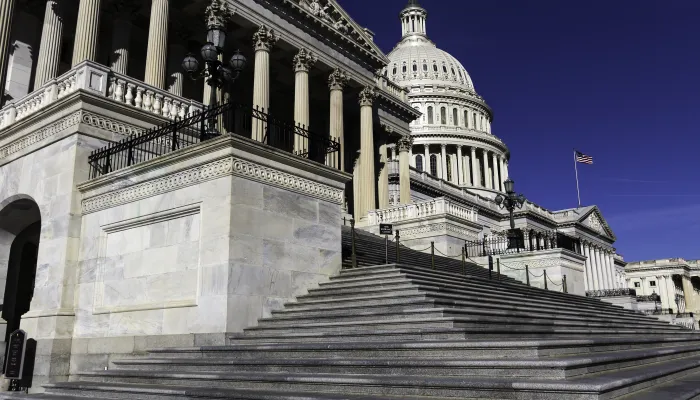Happy Fiscal New Year!
Today, October 1, marks the first day of FY 2013, with FY 2012 now in the history books. Over the past year we have seen some setbacks, like the failure of the Super Committee, but also an outpouring of support from business leaders, former politicians and officials, and ordinary Americans that gives us hope for FY 2013. Let's take a look back at the numbers for the past fiscal year:
- Increase in the public debt over the past year: $1,142,554,415,385.20. Debt held by the public rose to $11.3 trillion, up from $10.1 trillion last year. Gross debt, which includes both public debt and intergovernmental holdings, surpassed $16 trillion this fiscal year.
- Budget deficit as a percent of GDP in FY 2012: 7.3 percent. The deficit has fallen from previous levels of 8.5 percent in FY 2011 and 8.9 percent in 2010 due to the economic recovery, but we are still a long way away from the 3 percent level need to stabilize debt.
- Plans agreed upon by the Super Committee: 0. The Super Committee fell short of their goal of a minimum $1.2 in deficit reduction, leaving the “trigger” of sequestration intact.
- Total primary deficit impact of legislation through 2022: $77 billion added. While the transportation/student loan bill and the two-month payroll tax extension slightly reduced the deficit through 2022, Congress deficit-financed the ten-month payroll tax extension after failing to reach an agreement on offsets in the conference committee. That bill accounted for most of the deficit impact of legislation passed in FY 2012.
- Federal spending on mandatory health care programs: $733 billion. One of the fastest growing areas of the budget, mandatory health care programs, is currently estimated to total $733 billion for FY 2012 (net of related premiums). This area includes Medicare, Medicaid, the Childrens' Health Insurance Program, and a small amount of spending to start up the health insurance exchanges that are required to be up and running by 2014, along with some smaller programs.
- Amount of mortgage backed securities (MBS) that the Federal Reserve has committed to buying every month with “QE3”: $40 billion. Along with continuing to extend the maturity of its Treasury holdings, the Fed will increase its long-term holdings by $85 billion a month, and notably gave no end date for its intervention.
- Appropriation bills passed by Congress: All 12. But before we give Congress too much credit, it's important to remember that they were 3 months late in getting them done, and they did not get any done prior to the start of FY 2013.
- Total number of tax provisons expiring at the end of 2011: 51. A number of temporary "tax extenders" and the patch to the Alternative Minimum Tax expired at the end of December 2011 and have yet to be extended. There have been a few proposals to retroactively extend them for this calendar year, but none have passed Congress.
- Number of mayors signing that signed a letter urging Congress to replace the fiscal cliff with a bipartisan plan that addresses all parts of the budget: 149.
- Number of university presidents that signed a similar letter: 154.
- Number of business groups that have called for deficit reduction: Hundreds. In addition to those joining Fix the Debt's Fiscal Leadership Council, many business leaders have spoke out for deficit reduction and signed letters urging Congress to address this issue.
- Number of members of Congress that have signed a letter to "Go Big, Go Smart and Go Long": 45 Senators and 100 Representatives. Plenty of lawmakers have voiced their support for the issue, which is encouraging, but voting for legislation will ultimately be what matters. Speaking of which...
- Members of Congress who voted for a bipartisan budget bill in FY 2012: 38. The bill sponsored by Reps. Steven LaTourette (R-OH) and Jim Cooper (D-TN) was based on the Simpson-Bowles approach and received support from 22 Democrats and 16 Republicans.
- Number of citizens that have currently signed the Fix the Debt petition: 235,136.
We didn’t get a deal this year, but the numbers show this problem is only going to get worse. Hopefully, with the efforts of the Fix the Debt campaign, fiscal leaders in Congress, and concerned citizens, FY 2013 is the year we finally turn this around.


